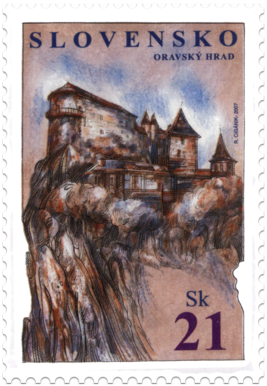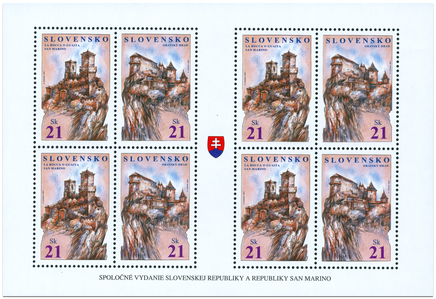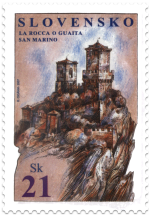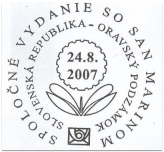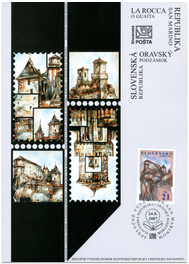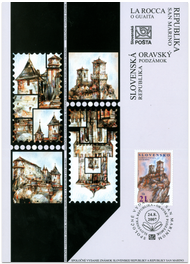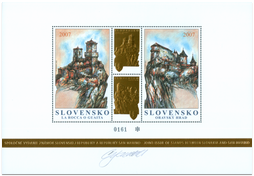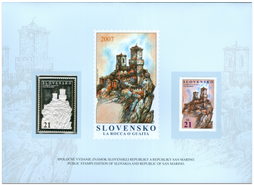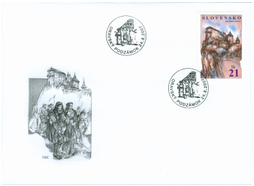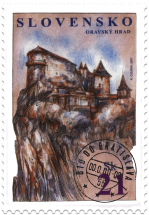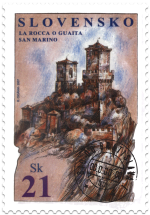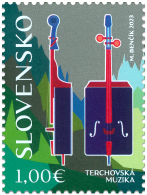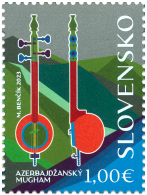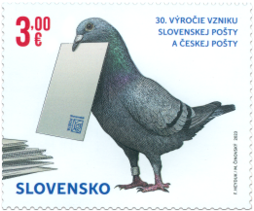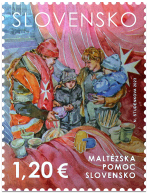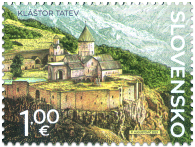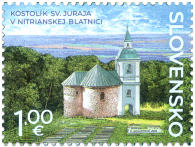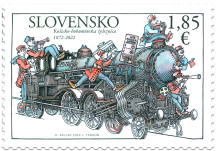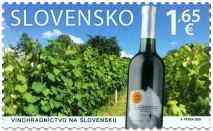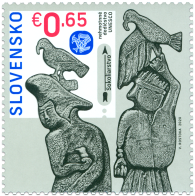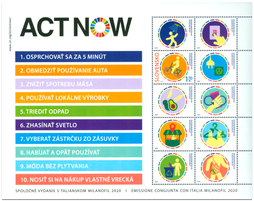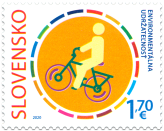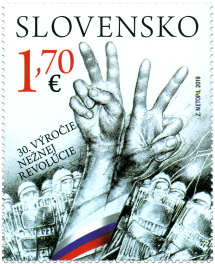This product is not for sale
This product is part of the following products
403 Date of issue
24.08.2007 Face value
21.00 Sk
© Slovak Post, 2007 Castle hill with this stone-made dominant of the Orava region was inhabited as early as prehistoric times. Settlements with rampart-fortifications were over time erected in the younger Hallstadt-period and one such settlement was built in Oravsky Podzámok on the hill - laying the foundations of the castle. The first reference to Orava Castle dates back to 1267, when ruler Belo IV wrested control of the castle. The present shape of the castle complex is the result of gradual extensions and the rebuilding of the defensive, dwelling, and market structures in the Upper, Middle and Lower Castle between the 13th - 20th centuries. Various architectural styles are evident - from Romanesque, via the Gothic style, Renaissance, Baroque up to Romanticism. The castle's highest point - the citadel - dates to the 13th century and is one of the oldest castle parts. In the 15th century, the ruler Mathew Corvinius (Matej Korvín) ordered the construction of a dwelling-castle in the Middle Castle and defence-walls in the Lower Castle. In the first half of the 16th century, Ján z Dubovca improved the castle's fortifications with two bastions, a second drawbridge gate, and modifications to the Lower Castle walls. On the crest of the 16th and 17th centuries, the owners of Orava Castle - the Thurza clan - ordered its redesign and fortification. This period saw the completion of the Lower Castle complex with a dwelling, St. Michael’s chapel, the parsonage building, a terrace, and a new first gate. In 1800 a devastating fire struck the castle. The castle was partially repaired between 1906 -1912, and over 1953 – 1968 the castle was completely restored. Orava Castle is currently administrated by the Oravian Museum of P. O. Hviezdoslav, headquartered in Dolny Kubín. Iveta Floreková
Show less© 2024 POFIS - Postal philatelic service. All rights reserved

